How Walford in EastEnders got its name, why Isaac Newton visited bars in disguise and what happened when the IRA parked on a double yellow line. Our tour of London’s postcode areas has reached its penultimate stop – who fancies an E?
- In the run-up to the 1997 general election, John Major visited the Mirror Group offices in Canary Wharf. One of the rooms he entered, high up in 1 Canada Square, was that of Kelvin MacKenzie, erstwhile editor of the Sun but by then boss of L!ve TV. Looking out of the window, the Prime Minister commented: ‘Incredible view you’ve got from here, Kelvin.’ ‘Yes,’ replied MacKenzie. ‘On a clear day, you can almost see a Tory voter.’
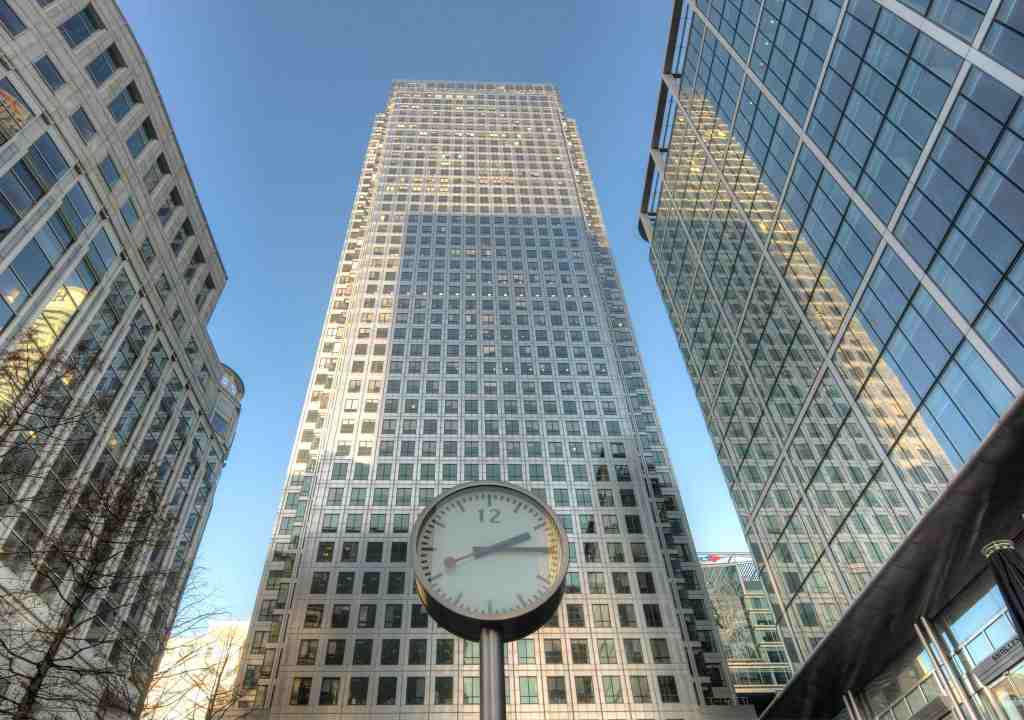
- The room keys at the Buxton on Brick Lane feature binary codes that used to control the looms operated by East End weavers. The hotel is named after Thomas Fowell Buxton, a 19th-century MP who campaigned to improve the weavers’ working conditions. (Their modern counterparts have produced original artworks, rugs and blankets for the rooms.) The Buxton grows its own vegetables and salad on the roof terrace – as does the Culpeper, its sister venue on Commercial Street, which takes its name from Nicholas Culpeper, a 17th-century doctor from nearby Spitalfields. He actually saw his patients in person, rather than doing what most physicians of the time did, namely examining their urine.
- Thomas Fowell Buxton, by the way, was one third of the Truman, Hanbury and Buxton brewery, whose chimney still towers over Brick Lane. The ‘Truman’ painted on it can be seen from the bedroom of one local resident – which is why he and his wife gave that name to their son.
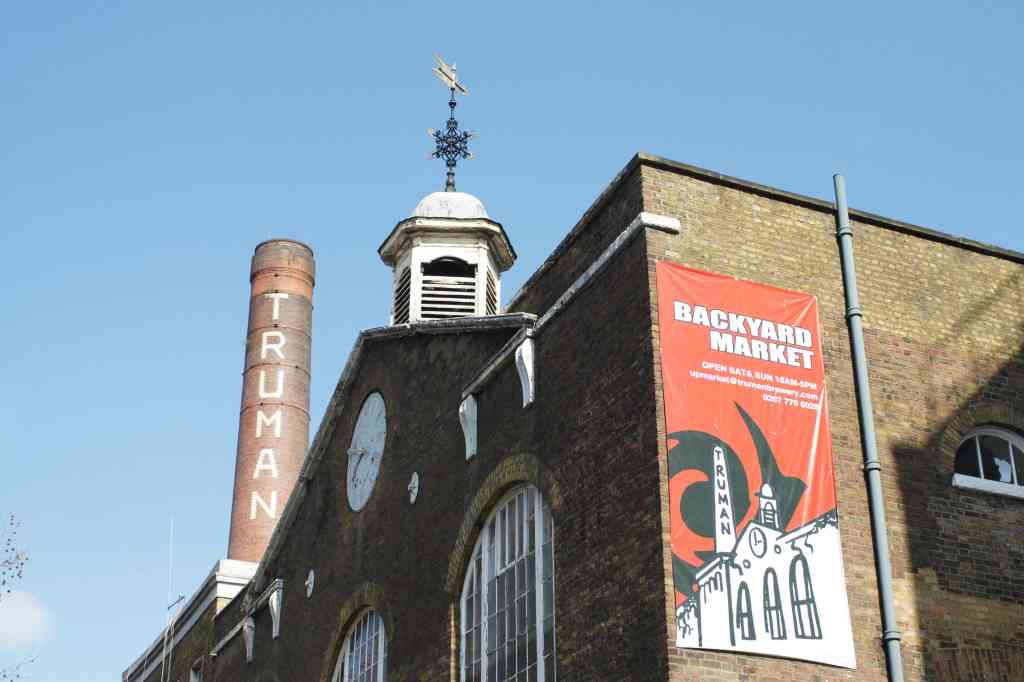
- Royal Mint Street near the Tower of London commemorates the fact that said institution used to be housed in the Tower. The person in charge was called Master of the Mint, although since 1870 that title has been held by the Chancellor of the Exchequer – the Royal Mint’s boss is now the Deputy Master. From 1700 until his death in 1727, Isaac Newton was the Master. The scientist waged a campaign against counterfeit coins, collecting much of the evidence for court cases himself: he would adopt disguises and pose as a customer in bars and taverns. The Royal Mint now resides in the Welsh town of Llantrisant, a place not noted for its beauty, hence the nickname ‘the hole with the Mint’.
- Canary Wharf is so-called because of a warehouse built there in 1937 by a company that imported fruit from the Canary Islands. The Isle of Dogs had long been associated with shipping. In 1858 a rope used in the launch of the Great Eastern measured almost four feet in circumference.
- Spitalfields got its name because a hospital once stood on the east side of Bishopsgate.
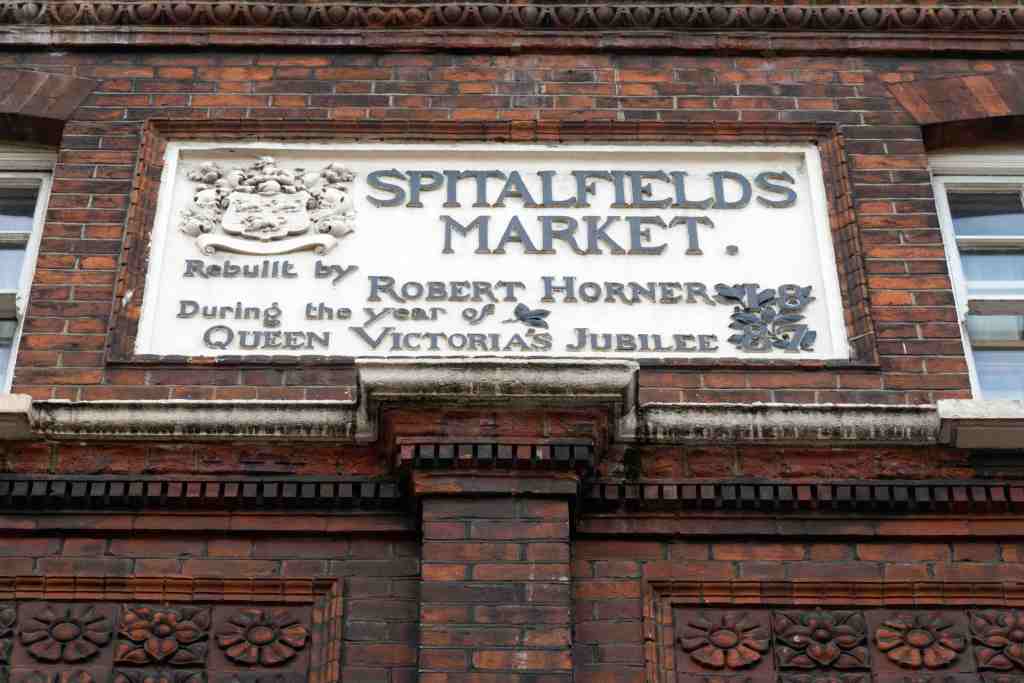
- A 1992 IRA plot to bomb 1 Canada Square failed because the terrorists parked the van containing the explosives on a double yellow line, thereby attracting the attention of a security guard. The previous year the mortar fired by the IRA at 10 Downing Street from a van on Whitehall fell short of its target (landing in the garden), because a mark left on the pavement, telling the van’s driver exactly where to park, had been covered by an unexpected snowfall.
- The comedy actor Windsor Davies, born in Canning Town, had two brothers – Tudor and Stuart.
- When Ronnie Kray murdered George Cornell in the Blind Beggar pub in Whitechapel, the jukebox was playing The Sun Ain’t Gonna Shine (Anymore) – the gunshot caused the needle to stick, repeatedly playing the word ‘anymore’.
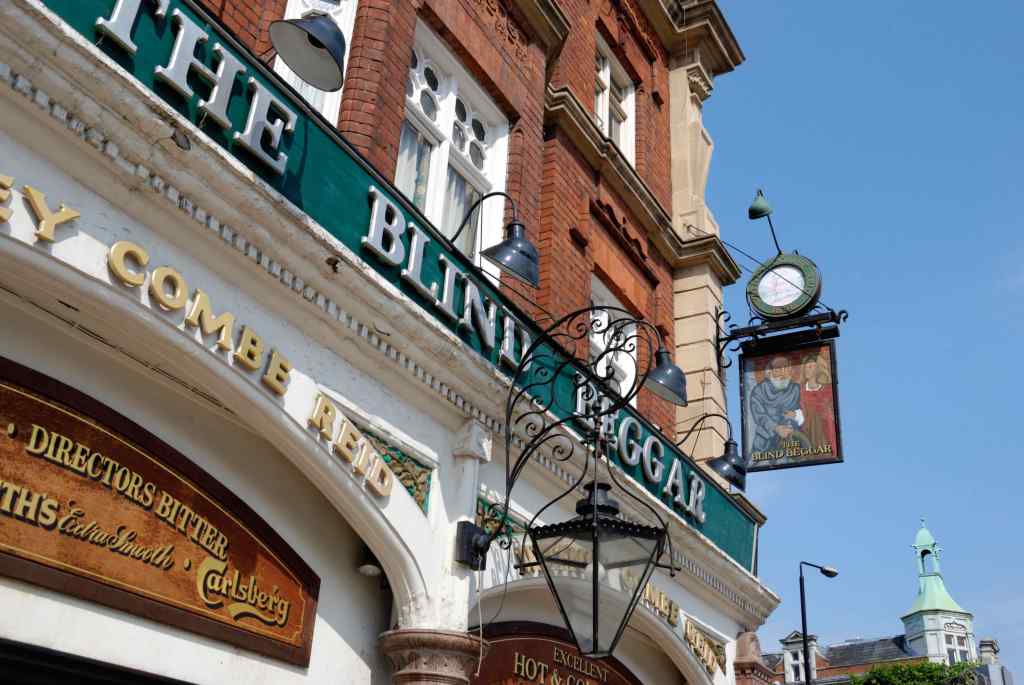
- Hackney Marshes was the final destination for a German bomb that fell close to St Paul’s Cathedral in September 1940. The device, weighing two tons, failed to detonate on impact, but was still capable of going off at any moment. It would have destroyed much of the cathedral’s western end, and possibly the dome. A team worked for three days to dig it out, then placed it on the back of a lorry and drove it through cratered and rubble-strewn roads to the marshes. All this time they knew that the slightest knock could cause the bomb to explode. The damage it would have done was shown when they detonated it on the marshes – the resulting crater was 30 metres wide.
- The E20 postcode, now shared with the site of the 2012 Olympics, used to be the exclusive preserve of Walford in EastEnders. The fictional area was called that because the show’s joint creators came from Walthamstow and Stratford respectively. It has its own Tube station, Walford East – on the Underground map visible in the station’s entrance it replaces Bromley-by-Bow.
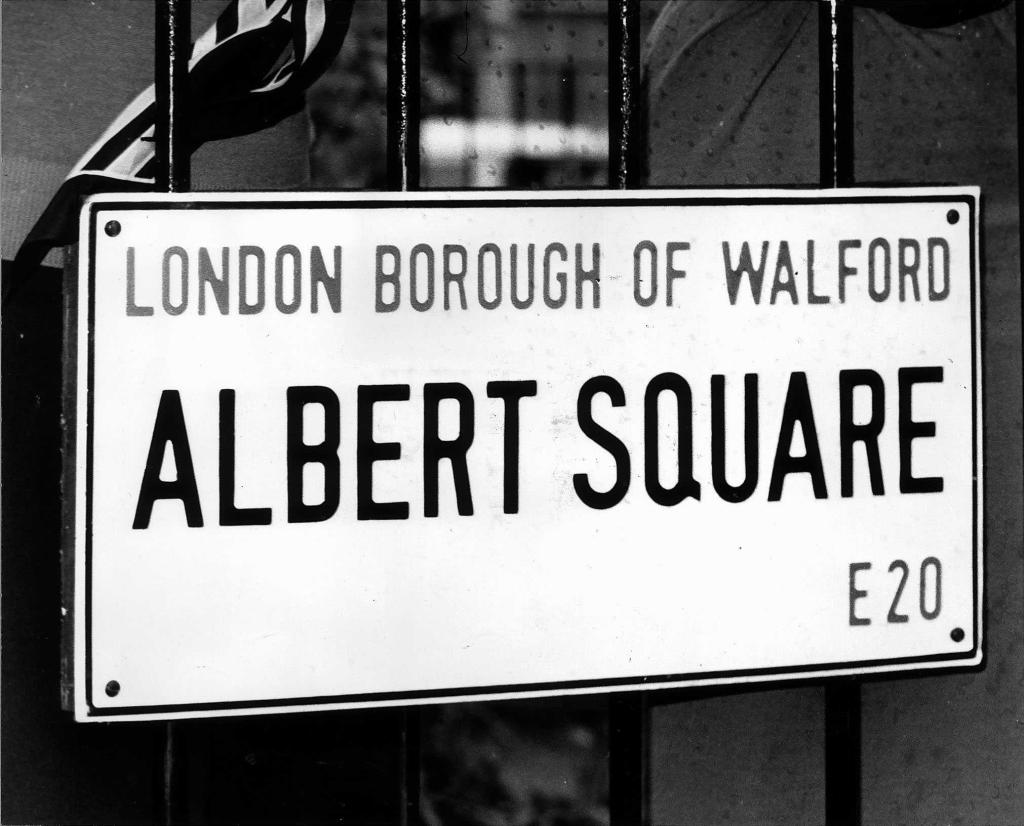
- West Ham United had only five managers in their first 89 years.
- The reason the E postcode area borders directly on to N is that Anthony Trollope got rid of NE. As well as writing novels, Trollope worked for the Post Office, and in 1866 decided that NE wasn’t getting enough postal traffic to justify its existence. (He also abolished ‘S’ – the two codes now serve Newcastle and Sheffield respectively.) But some NE street signs still exist – the house at the corner of Rushmore Road and Elderfield Road in Clapton has two fixed to it, one for each road.







Comments